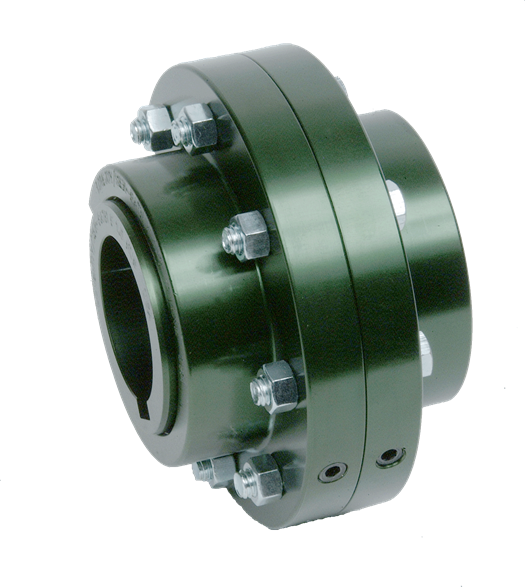The bevel gear has a conical form and through shafts that are typically at an angle of 90 degrees to each other, these can be used to transmit rotational power. In a wide range of applications starting from cordless hand-tools to automotive transmissions and outboard motors where the prime-mover location is not coaxial with the driven shaft, this functionality is very useful.
Bevel
For 90° drives, bevel gears are used most frequently, but other angles can also be used. Driving a vertical pump with a horizontal driver is the most typical application.
Between bevel gears and spur gears, the two major differences are their shape and the relation of the shafts on which they are mounted. In shape, a bevel gear is conical whereas a spur gear is essentially cylindrical. Between angular or intersecting shafts Bevel gears transmit motion whereas between parallel shafts spur gears transmit motion.
To connect shafts whose axes lie at an angle to each other bevel gears and transmission products China are used however in most applications the shafts are at right angles. The tooth profile is equally the same as used for spur gears except that the tooth gets smaller as it approaches the apex of the projected cone. Usually, the teeth are straight cut, and from the apex of the pitch cone they radiate, but in providing them curved, skew, or spiroid form it is possible.
The crown wheel will also have straight teeth when such a pinion has radial teeth but offset about the axis. The hypoid is a variation, where on the skew the teeth on both gears are cut and in such a situation with consequent smoother running, they will act similarly to helical gears. The spirit gear has curved teeth and, in many cases, to an offset worm drive, it can be likened. These systems cause higher tooth pressures and, as a result, efficient lubrication must be given.
The goal of this design is an increase of bearing capacity, especially in the case when the axes of rotation of gear and a mating pinion are not orthogonal to each other. You will find different transmission products supplier near you.
Original source: https://gearreducers.seesaa.net/













